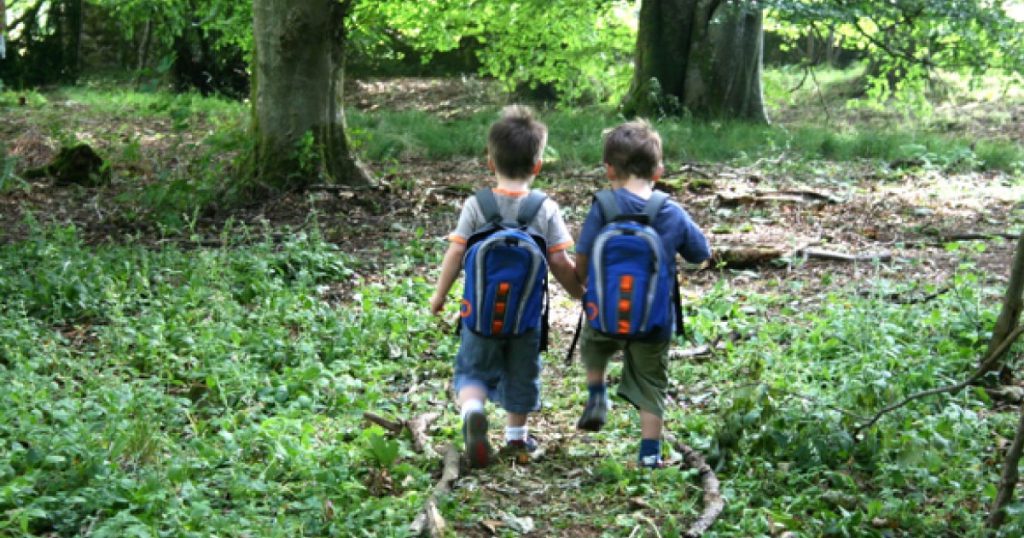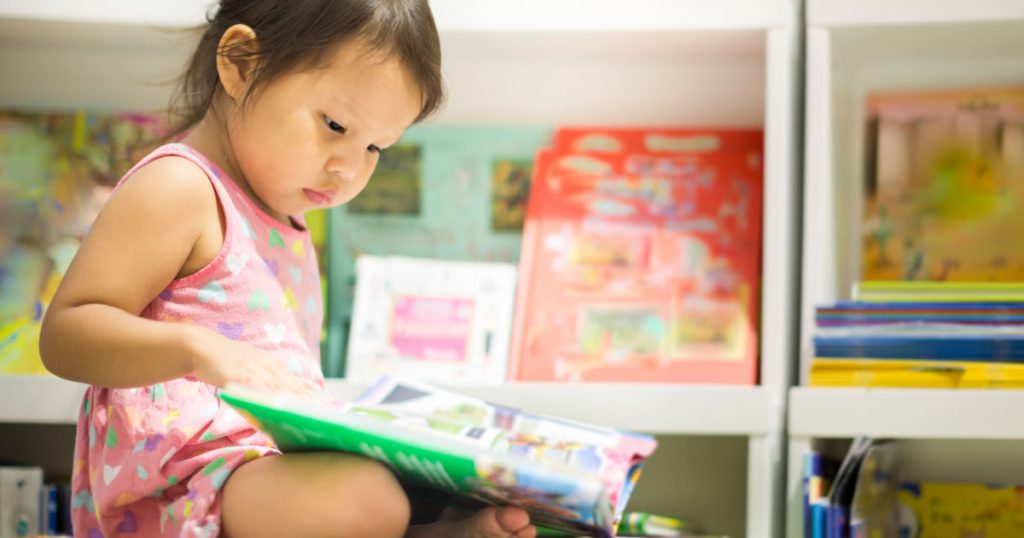 ECA recently launched a new series of Learning Hub modules on Digital Documentation and Technology in collaboration with Storypark. In this co-authored blog piece, we pose questions for services to reflect on their approach to documentation.
ECA recently launched a new series of Learning Hub modules on Digital Documentation and Technology in collaboration with Storypark. In this co-authored blog piece, we pose questions for services to reflect on their approach to documentation.
Without any checklists or strict guidelines, the requirements of documenting children’s learning are largely open to interpretation. What’s certain is that documentation must show progression and reflection, it must include parents’ perspectives where possible and show how educators have supported a child’s learning as well as how they intend to further enrich or extend children’s learning experiences. Documentation also needs to guide the learning programs and have clear links to the curriculum or standards. In short, it needs to tick a lot of boxes!
As an educator, you know that your work is a balancing act and you may often feel a lot of pressure to meet the expectation of presenting observations that seem complete. Perhaps it is time to look at documentation with a new lens. Consider the following ideas and the accompanying reflective questions as a starting point for discussion with your team about the way you document and why.
Is your documentation too long?
Consider how long your learning stories are. How long does it take you to find images, write, reflect, search for links to prior learning or recall conversations you had with family members, children or other educators? Could sharing shorter examples of learning show the depth and breadth of children’s learning experiences in a better way?
Perhaps your reason for creating in-depth and long observations is simply because it has always been done that way. But is it the best use of your time and what do you miss out on if you try to capture too many details? Considering this will support you in telling a richer story about children’s learning.
If you try to document too much, ask yourself the following questions:
- Does every piece of documentation need to be expansive and lengthy?
- Do I need to include an analysis of learning and next steps for every learning story?
- Do I need more evidence before sharing this?
Are you documenting too late?
Why do you wait to share your observations? One of the advantages of using digital documentation is the ability to share information sooner. If you wait too long, you might miss the opportunity to invite families to be a part of the learning. A child’s interests may sometimes only last a day or two. If these fleeting passions are not shared as soon as possible, families may miss out on engaging and exploring them with their child at home.
Do you wait because you want to gain a better understanding of what is driving children’s interests? Waiting for things to unfold can take time and may lead to missed opportunities. It is okay to share your observations and thoughts without truly knowing what learning is happening for children.
If you usually wait too long to record your observations, reflect on the following questions:
- Why do I feel uncomfortable documenting and sharing only a part of the story?
- Is there any value lost by not sharing a snippet or snapshot of children engaged in play?
- How might certain snapshots or moments of learning be quickly pulled together to paint a richer picture of the learning that is happening for children?
- What new opportunities would I create if I frequently share photos or videos with short captions?
- Do I need to analyse, discuss, reflect on and link every piece of documentation to the curriculum?
Shorter, more frequent documentation may be the key
Your workload is already immense, so the thought of documenting more often might seem impossible. It might be a contentious suggestion, but consider it for a minute.
As already discussed, the idea of waiting to documenting too much and too late is often driven by the feeling that there’s a need to wait until the learning is complete. You may want to understand, unpack and describe the learning in your stories and planning. But, what would happen if you shared shorter snapshots of learning more often, or if you shared your observations as you are working with children? Sharing more in this way can provide a deeper understanding of what is driving, engaging and holding children’s interests and passions. It can also be an opportunity to involve the children in the documentation and reflection process.
In short, this may be a very effective way to document and support children’s learning. The shorter threads of learning can be pulled together and reflected upon, and they can further help you support children’s learning journeys in meaningful and authentic ways. Remember, you CAN document the unknown. You don’t need to know all of the answers all of the time. The answers can be discovered as you eventually pull individual ‘artefacts’ of learning together. If in doubt, consider the following questions:
- Are shorter observations still relevant and meaningful? If a picture is worth a thousand words, what is a video worth?
- How do I document while working with children? Could they take photographs or videos of their own work? Could I ask them about their play and record what they say?
- What are some other ways in which I can involve children and give them opportunities to be part of the sharing process?
Stand aside for a while and leave room for learning. Observe carefully what children do, and then, if you have understood well, perhaps teaching will be different from before.
– Loris Malaguzzi, Founder of the Reggio Emilia Approach
https://www.storypark.com/pages/pedagogical-documentation-guide
ECA Recommends
Engaging with digital documentation and technology
Storypark
What is digital documentation and why is it widely seen as a valuable innovation for the early childhood sector? This three-part series will take you on a journey through multiple perspectives—that of the child and family, the educator and the leadership team—to consider how best to implement documentation through a digital medium. Find out more and purchase on the ECA Learning Hub.



